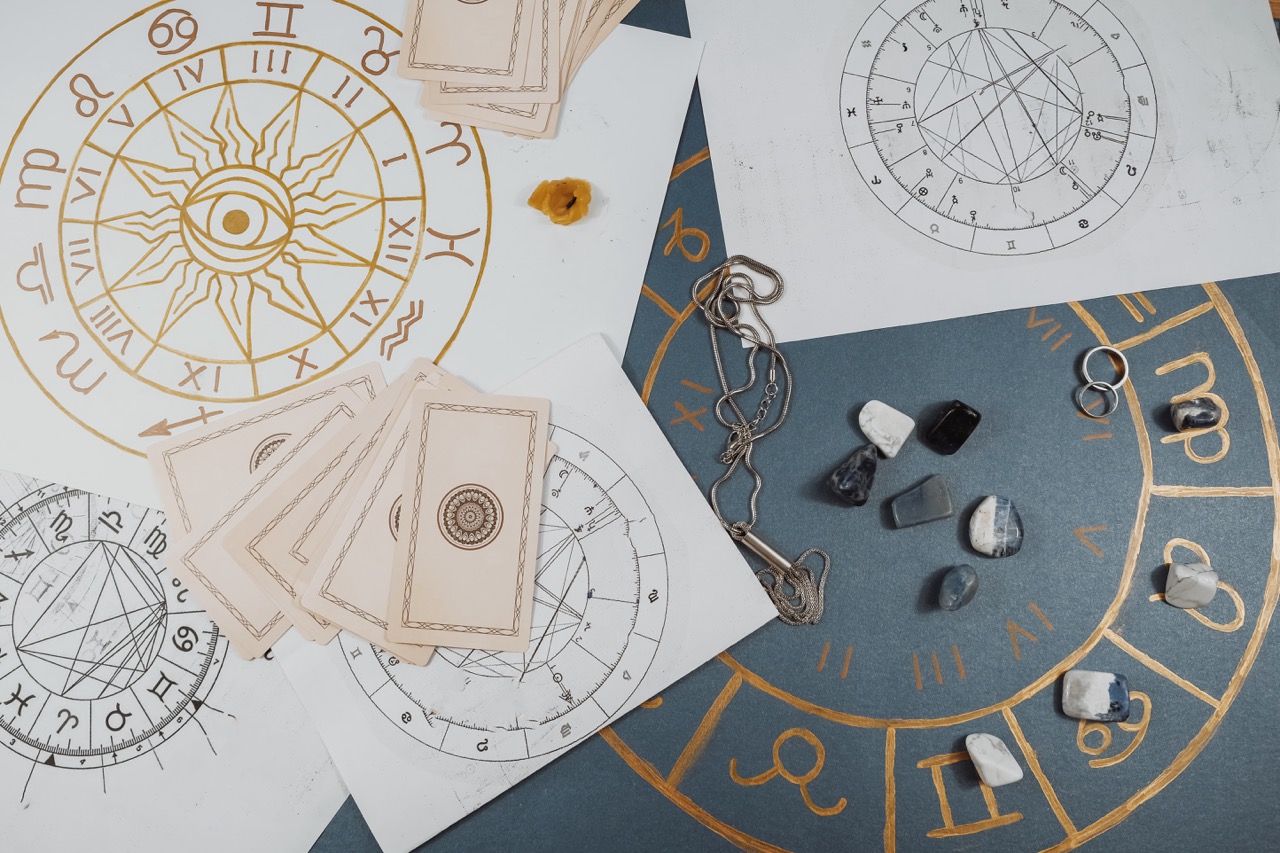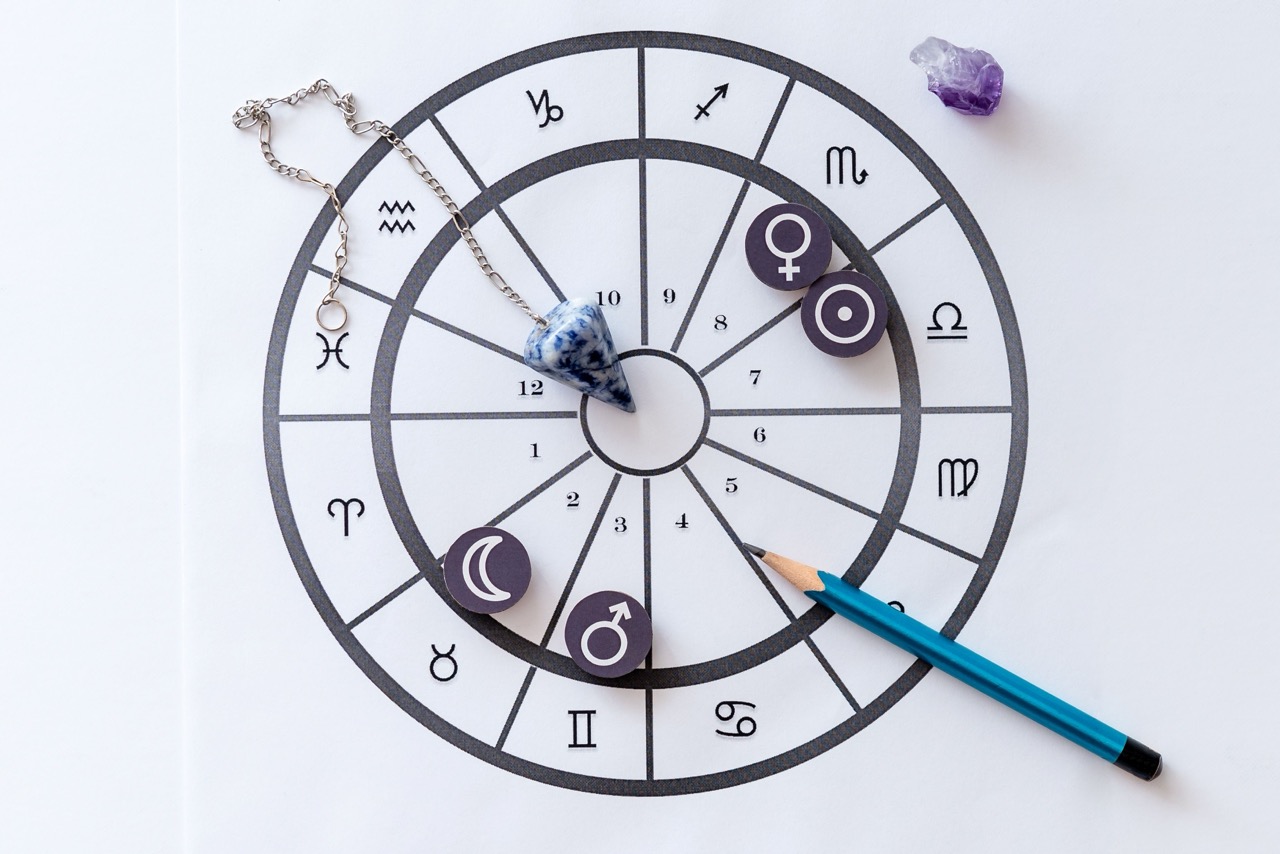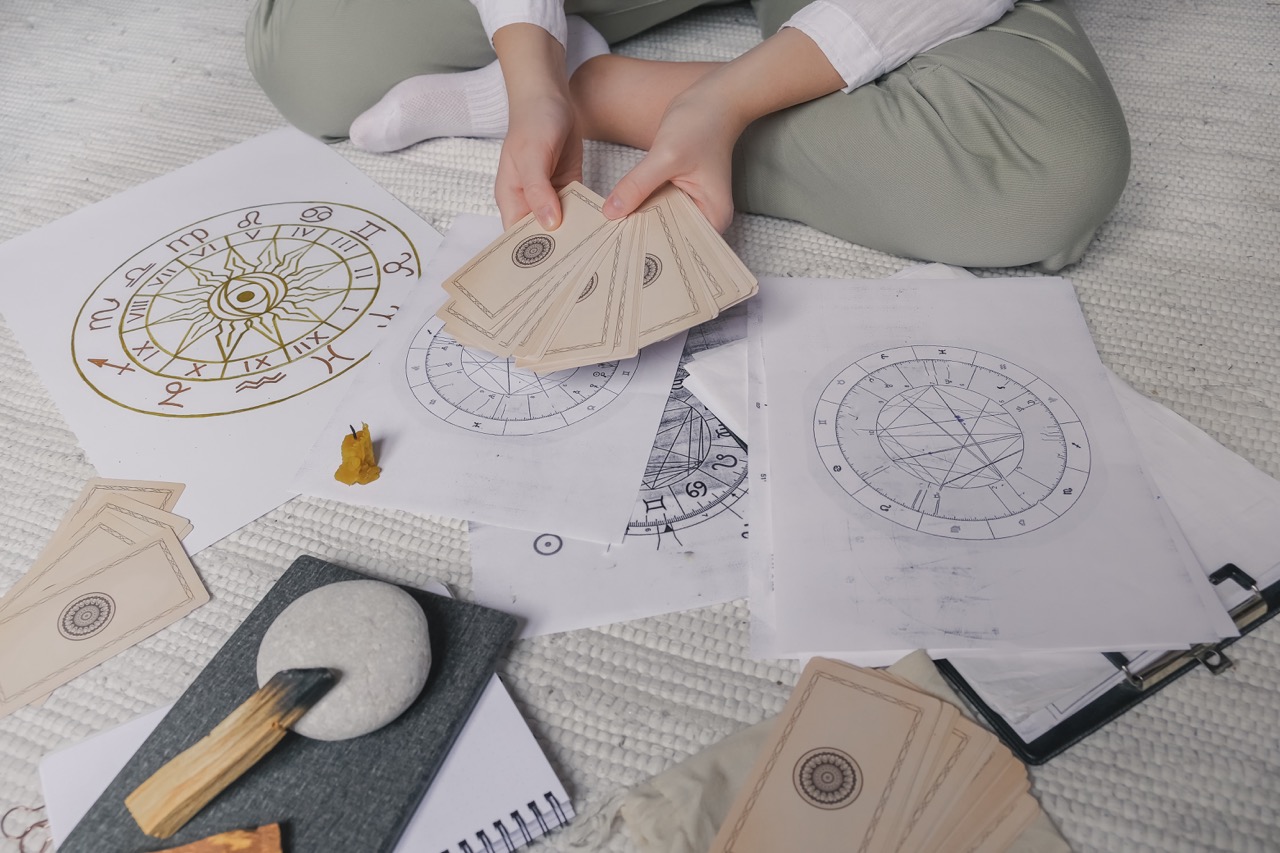Astrology, the age-old practice of interpreting celestial movements to glean insights into human affairs, has captivated individuals across the globe for millennia. While both Western and Vedic astrology seek to unveil the mysteries of the cosmos, their methods and interpretations diverge significantly. This article will explore the rich tapestry of these two astrological systems, unraveling the stars and illuminating the paths they carve for those who dare to look upwards.
Unraveling the Stars: A Journey Through Astrology’s Lens
Astrology serves as a mirror reflecting the intricate relationship between the cosmos and our earthly existence. At its core, astrology invites us to embark on a journey, one where the stars and planets become our guides. Each system, whether it be Western or Vedic, offers a unique lens through which we can examine our lives, our choices, and our destinies. By understanding these distinct frameworks, we can appreciate the richness of human experience as informed by the vastness of the universe.
Western astrology is rooted in a rich tradition of philosophical thought and cultural evolution. It embraces a psychological approach that emphasizes individuality, personal growth, and self-actualization. The twelve zodiac signs, with their archetypal characteristics, paint a vivid portrait of human personality and behavior. As we navigate through our lives, these celestial symbols provide insights that resonate with our personal experiences, illuminating the path towards self-discovery.
Conversely, Vedic astrology, or Jyotish, is steeped in ancient wisdom and spiritual teachings. It emphasizes the interconnectedness of all beings with the cosmos, often reflecting a more collective and karmic perspective. This system utilizes the sidereal zodiac, which aligns with the current positions of the stars, and is deeply intertwined with Hindu philosophy. By examining the celestial chart through the lens of Vedic astrology, practitioners seek not just understanding but also guidance on their spiritual journey, focusing on destiny and dharma.
The Cosmic Canvas: Western Astrology’s Portrait of Personality
At the heart of Western astrology lies the concept of the tropical zodiac, which divides the sky into twelve signs based on the equinox and solstice points. Each sign corresponds to specific personality traits, emotional tendencies, and life challenges. Through the astrological chart, individuals can uncover their sun, moon, and rising signs, collectively known as the "big three." These components serve as the core pillars of identity, allowing practitioners to delve into the intricacies of their personalities and motivations.
The interpretative nature of Western astrology leans heavily on psychological analysis, often likening astrological insights to tools for self-exploration. For instance, an individual with a Leo sun may find resonance in traits like leadership and creativity, while a Cancer moon could point to emotional depth and sensitivity. Such insights are not merely categorized; they invite introspection, encouraging individuals to confront their strengths and weaknesses. The result is a rich tapestry of self-awareness that empowers one to navigate life with intent and purpose.
Moreover, Western astrology emphasizes the role of transits and progressions, where the movement of planets through one’s natal chart reflects real-time influences affecting life events. This dynamic approach allows practitioners to engage with their charts actively, adapting to changes and challenges as they arise. Ultimately, Western astrology offers a roadmap for personal evolution, one that emphasizes the journey of the self amid the cosmic dance of celestial bodies.
Vedic Astrology: The Ancient Art of Celestial Wisdom
Vedic astrology, hailing from ancient India, weaves a narrative that transcends mere personality analysis. It recognizes that our lives are not isolated events but part of a grand cosmic design. Rooted in the principles of karma, this system posits that our current circumstances are the result of past actions, guiding individuals toward enlightenment and self-realization. Through the use of the sidereal zodiac, Vedic astrology aligns with the stars as they truly appear, providing a distinct perspective on celestial influences.
Central to Vedic astrology is the concept of "dashas," or planetary periods, which dictate the timing of events in one’s life. Each planet governs specific dasha periods, revealing when certain themes or challenges may arise. This temporal aspect adds depth to the reading, as practitioners can anticipate changes and align their actions accordingly. By understanding the cycles of influence, individuals can navigate their life’s journey with a greater sense of awareness and purpose.
Another significant element of Vedic astrology is the focus on remedial measures. When confronted with challenging placements or transits, practitioners often turn to remedies such as gemstones, rituals, or mantras to mitigate negative influences. This practical aspect fosters a proactive approach to life, encouraging individuals to engage with their fate actively. In Vedic astrology, the cosmos acts as a guide, illuminating the path to spiritual growth while acknowledging the influence of past choices.
Mapping the Heavens: How Charts Differ Between Systems
The charts of Western and Vedic astrology, while both rich in symbolism, differ fundamentally in their construction and interpretation. Western astrology utilizes a circular chart divided into twelve houses, each representing various life areas, such as relationships, career, and health. This approach emphasizes the position of the planets at the time of birth, offering insights into the individual’s potential and challenges. The focus is primarily on how celestial bodies influence personality traits and life experiences.
In contrast, Vedic astrology employs a lunar-based system, emphasizing the position of the Moon at birth and its relationship to the twelve signs. The Vedic chart can also include aspects such as the "navamsa," or divisional chart, which offers a deeper understanding of one’s spiritual and marital life. This multidimensional approach allows practitioners to consider the karma associated with each planetary placement, fostering a more holistic view of an individual’s life journey.
Additionally, the difference in zodiac systems plays a crucial role in how predictions are made. While Western astrology often relies on the tropical zodiac, Vedic astrology uses the sidereal zodiac, which accounts for the precession of the equinoxes. This results in a shift in sign placements, leading to variations in astrological readings. Such discrepancies can create a sense of confusion for those exploring both systems, yet they also offer a rich opportunity for deeper understanding and personal exploration.
Destiny or Free Will? The Philosophical Divide Explored
The philosophical inquiry surrounding astrology often revolves around the age-old question of destiny versus free will. Western astrology leans towards the idea of free will, suggesting that individuals possess the power to shape their futures. The astrological insights provided serve as guides rather than definitive paths, allowing for personal agency in navigating life’s challenges. This perspective fosters a sense of empowerment, encouraging individuals to make choices that align with their authentic selves.
Conversely, Vedic astrology embraces a more deterministic view, deeply rooted in the belief in karma and dharma. It posits that our lives are influenced by the cosmic order and that our current circumstances are a reflection of past actions. The emphasis is on understanding one’s destiny and the spiritual lessons inherent in life experiences. This viewpoint suggests that while one can work to improve their situation through spiritual practices and remedies, there remains a fundamental cosmic structure that guides life’s events.
This philosophical divide leads to rich discussions among practitioners, each system offering unique insights into the interplay of fate and choice. The exploration of these concepts can be deeply personal, inviting individuals to reflect on their beliefs about control, agency, and the nature of existence. By engaging with these questions, the journey through astrology becomes not only about deciphering celestial messages but also about unraveling the intricacies of the self.
Bridging the Gap: Finding Harmony in Two Astrological Worlds
As individuals increasingly seek holistic approaches to self-discovery, a growing interest arises in bridging Western and Vedic astrology. Each system offers valuable tools for understanding human experience, and by integrating insights from both, practitioners can cultivate a richer understanding of themselves and their life paths. This synthesis allows for a multifaceted approach, where the psychological insights of Western astrology blend with the spiritual depth of Vedic wisdom.
One way to harmonize these two astrological worlds is through comparative analysis. By examining how traits associated with one’s sun sign in Western astrology align with the moon sign in Vedic astrology, individuals can gain a more comprehensive view of their personalities. This dual perspective enriches self-awareness and encourages a more profound exploration of personal challenges and strengths. The intersection of these systems can reveal hidden layers of identity, fostering a more nuanced understanding of the self.
Moreover, practitioners can experiment with the practical applications of both systems. While Western astrology may guide individuals through psychological growth and personal empowerment, Vedic astrology’s remedies can offer actionable tools for addressing challenges. By embracing the complementary aspects of these astrological traditions, individuals can forge a path that honors their personal experiences while acknowledging the cosmic forces at play. In this way, astrology becomes a harmonious dialogue, bridging the gap between two ancient wisdoms.
In conclusion, the rich tapestry of Western and Vedic astrology invites us to explore the cosmos and ourselves through different lenses. Each system holds wisdom that can guide us through the complexities of life, offering insights into our personalities, destinies, and the philosophical inquiries that define our existence. By embracing the strengths of both traditions, we can embark on a journey of self-discovery and cosmic connection, ultimately finding harmony in the stars above. As you gaze into the night sky, consider how the celestial bodies illuminate your path, guiding you towards a deeper understanding of yourself and the universe you inhabit.




